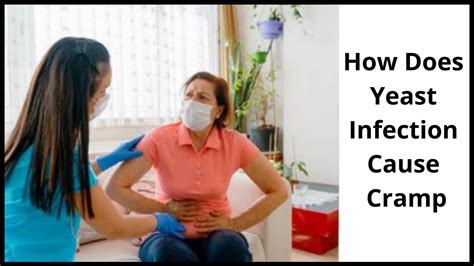Vaginal yeast infections, caused by the fungus Candida, are a common concern, affecting about 75% of women and girls at some point in their lives, particularly between puberty and menopause. Dr. Matthew Goldman explains that certain conditions, like taking antibiotics, can disrupt the healthy bacterial balance in the vagina, paving the way for yeast overgrowth. The most common symptoms of a vaginal yeast infection include burning, redness, itching, and swelling of the vagina and vulva, accompanied by a thick, white discharge similar to cottage cheese, without an odor, and discomfort during intercourse or urination.
Yeast infections are caused by an imbalance of bacteria and yeast in the vagina. Factors increasing the risk of infection include certain types of antibiotics, pregnancy, and health problems like diabetes. A disruption in the balance of healthy bacteria can lead to symptoms like itching, redness of the vulva and vagina, and a thick, white, odorless discharge. Although yeast infections can be very uncomfortable, they rarely lead to serious health issues. Often, vaginal yeast infections resolve on their own with the onset of menstruation, as menstrual blood alters the vaginal pH, inhibiting yeast growth.
Infections occur when the vagina’s normal yeast balance is disturbed, for instance, by antibiotics, which can eliminate bacteria that usually keep yeast levels in check. External factors like warm or humid conditions, or a weakened immune system, can also contribute to yeast overgrowth. While yeast infections can clear up on their own, it’s important to seek treatment to alleviate discomfort and prevent recurrence.
University of Rochester Medical Center | Baylor College of Medicine | Mayo Clinic | Children’s Hospital of | Brown University | University of Rochester Medical Center | Vaginitis
